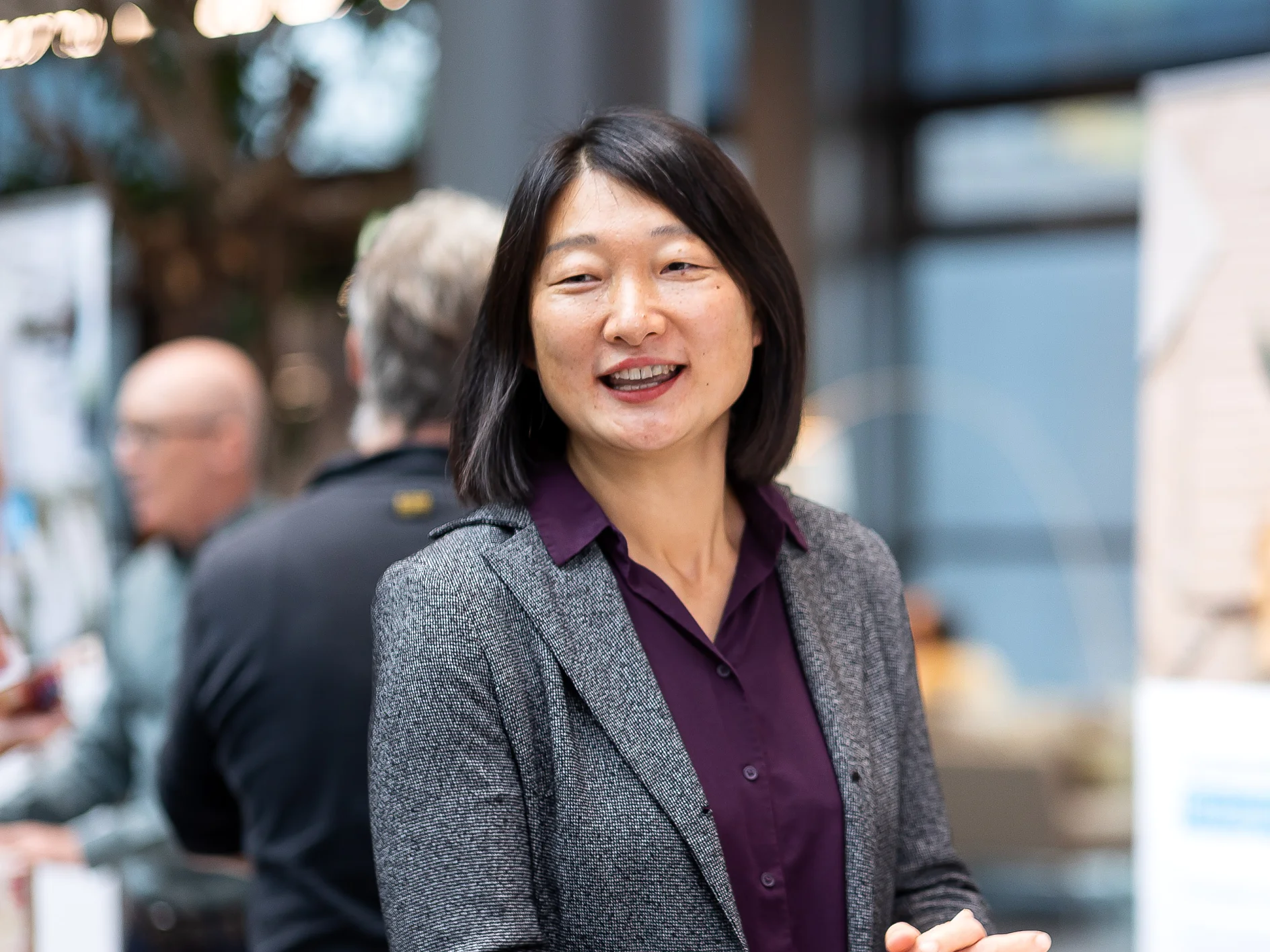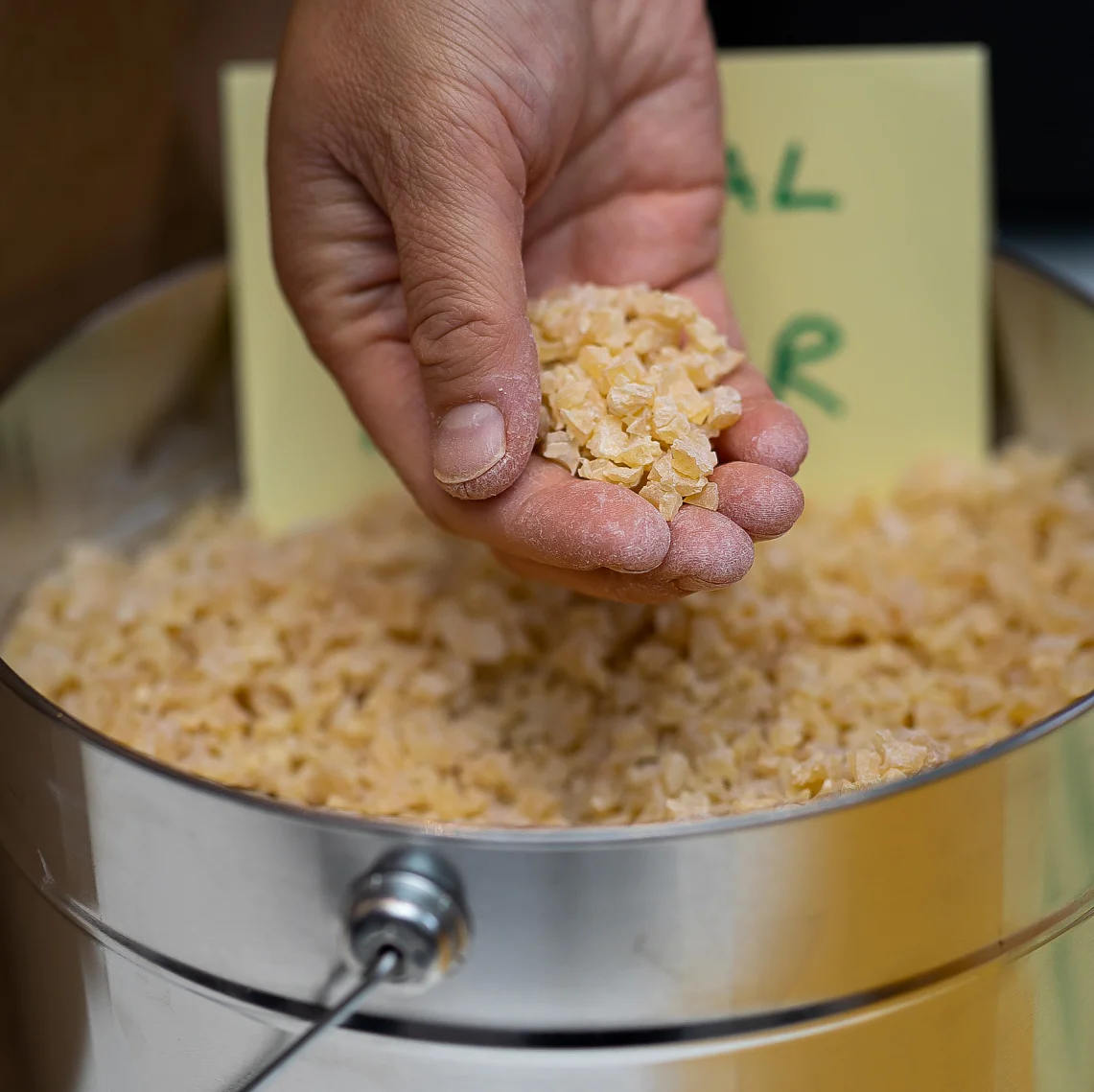70% of the materials used by tesa are to be recycled or biobased by 2030
What are tesa’s targets for the coming years?
By 2030, we intend to establish full transparency regarding the sustainability of our supply chains. And we are not starting from zero – in 2020 we began to invite our material suppliers to share their sustainability performance via a sustainability platform. We want to build on what has been achieved to date. By 2030, we intend to direct 80 percent of our expenditures solely to suppliers who not only fulfill our sustainability standards but also have the certification to prove their commitment to these. Already at this stage, half of tesa’s raw material suppliers can produce the relevant, audited self-disclosure forms. This is also true for tesa itself, as we also act as a supplier for various industries and have obtained EcoVadis certification, for example – currently with a “Silver” rating. We aim to continuously improve in the future.




